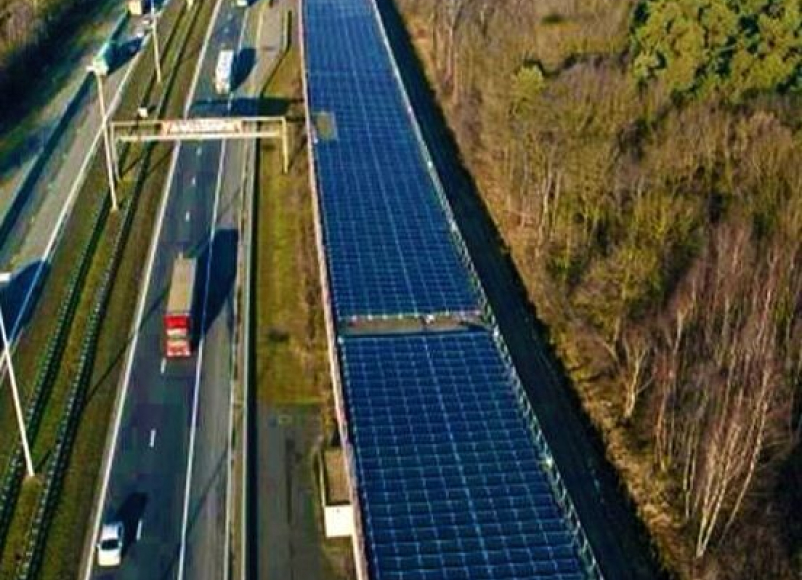
The history of energy dates back to the earliest civilizations, as humans have always relied on energy sources to power their daily lives. The earliest forms of energy were derived from natural sources, such as fire and sunlight, and were used for basic needs such as cooking and heating.
As civilizations developed, so did the use of energy. The discovery of new energy sources, such as coal and oil, allowed for the expansion of industrialization and the development of modern societies. The increased demand for energy also led to the development of new technologies and infrastructure, such as power plants and transmission lines, to generate and distribute energy.
In the 20th century, the use of fossil fuels, such as coal and oil, became the dominant form of energy and these energy sources continue to play a major role in the global energy mix today. However, concerns about the environmental impacts of fossil fuels, including air pollution and greenhouse gas emissions have led to the development of alternative energy sources, such as renewable energy technologies, as a way to reduce reliance on fossil fuels and to mitigate the impacts of climate change.
Today, the global energy mix is diverse and includes a mix of fossil fuels, nuclear power, and renewable energy sources. As the world continues to evolve, so too will the use and sources of energy, and it is likely that new technologies and energy sources will emerge to meet the growing demand for energy.
In recent years, there has been increasing focus on the need to transition to a low-carbon energy system in order to mitigate the impacts of climate change. The Paris Agreement, a global treaty signed in 2015, aims to limit global warming to well below 2 degrees Celsius and to pursue efforts to limit it to 1.5 degrees Celsius, through the reduction of greenhouse gas emissions.
One way to reduce greenhouse gas emissions is to shift away from the use of fossil fuels and towards the use of renewable energy sources, such as solar, wind, and hydroelectric power. These energy sources are considered renewable because they can be replenished naturally, and they do not produce greenhouse gas emissions when used to generate electricity. The transition to a low-carbon energy system also involves the development and deployment of energy efficiency measures, such as the use of energy-efficient appliances and the development of energy-efficient buildings. These measures can help to reduce energy consumption and to increase the efficiency of energy use, which can contribute to the reduction of greenhouse gas emissions. Finally, the transition to a low-carbon energy system also involves the development and deployment of carbon capture, utilization, and sequestration (CCUS) technologies, which can capture and store carbon dioxide emissions from industrial processes.
These technologies can help to reduce greenhouse gas emissions and support the transition to a low-carbon energy system. Overall, the transition to a low-carbon energy system is a complex and multifaceted process, and it will require the cooperation and commitment of governments, businesses, and other stakeholders. By working together, it is possible to accelerate the transition to a low-carbon energy system and to mitigate the impacts of climate change.
